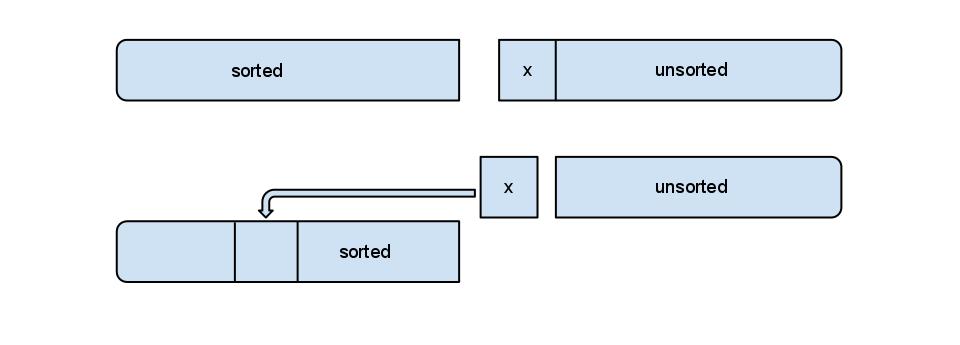Overview
It’s weird that bubble sort is the most famous sorting algorithm in practice since it is one of the worst approaches for data sorting. Why is bubble sort so famous? Perhaps because of its exotic name or because it is so easy to implement. First let’s take a look on its nature.
Bubble sort consists of comparing each pair of adjacent items. Then one of those two items is considered smaller (lighter) and if the lighter element is on the right side of its neighbour, they swap places. Thus the lightest element bubbles to the surface and at the end of each iteration it appears on the top. I’ll try to explain this simple principle with some pictures.
1. Each two adjacent elements are compared

Here “2” appears to be less than “4”, so it is considered lighter and it continues to bubble to the surface (the front of the array).
Continue reading Computer Algorithms: Bubble Sort
